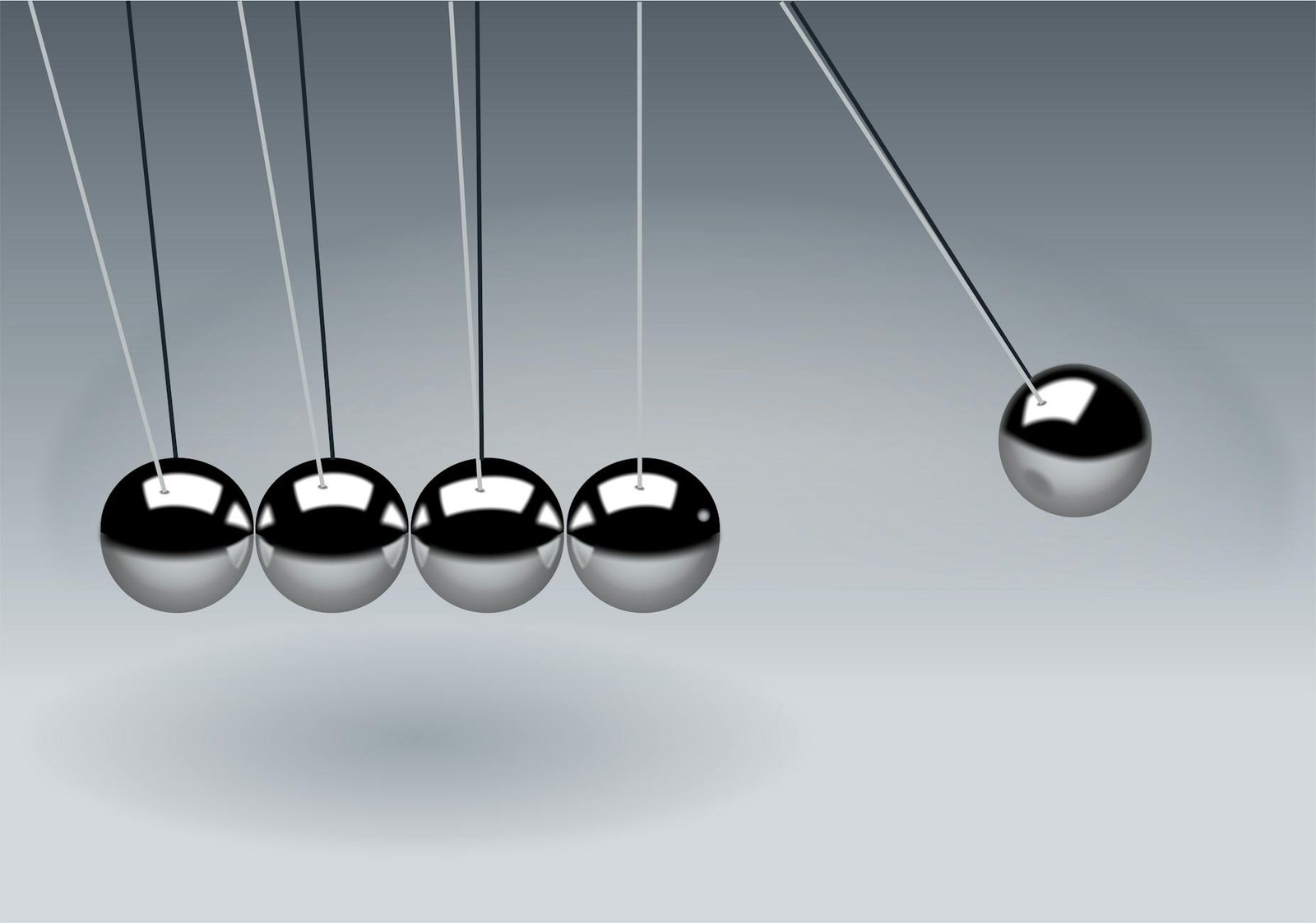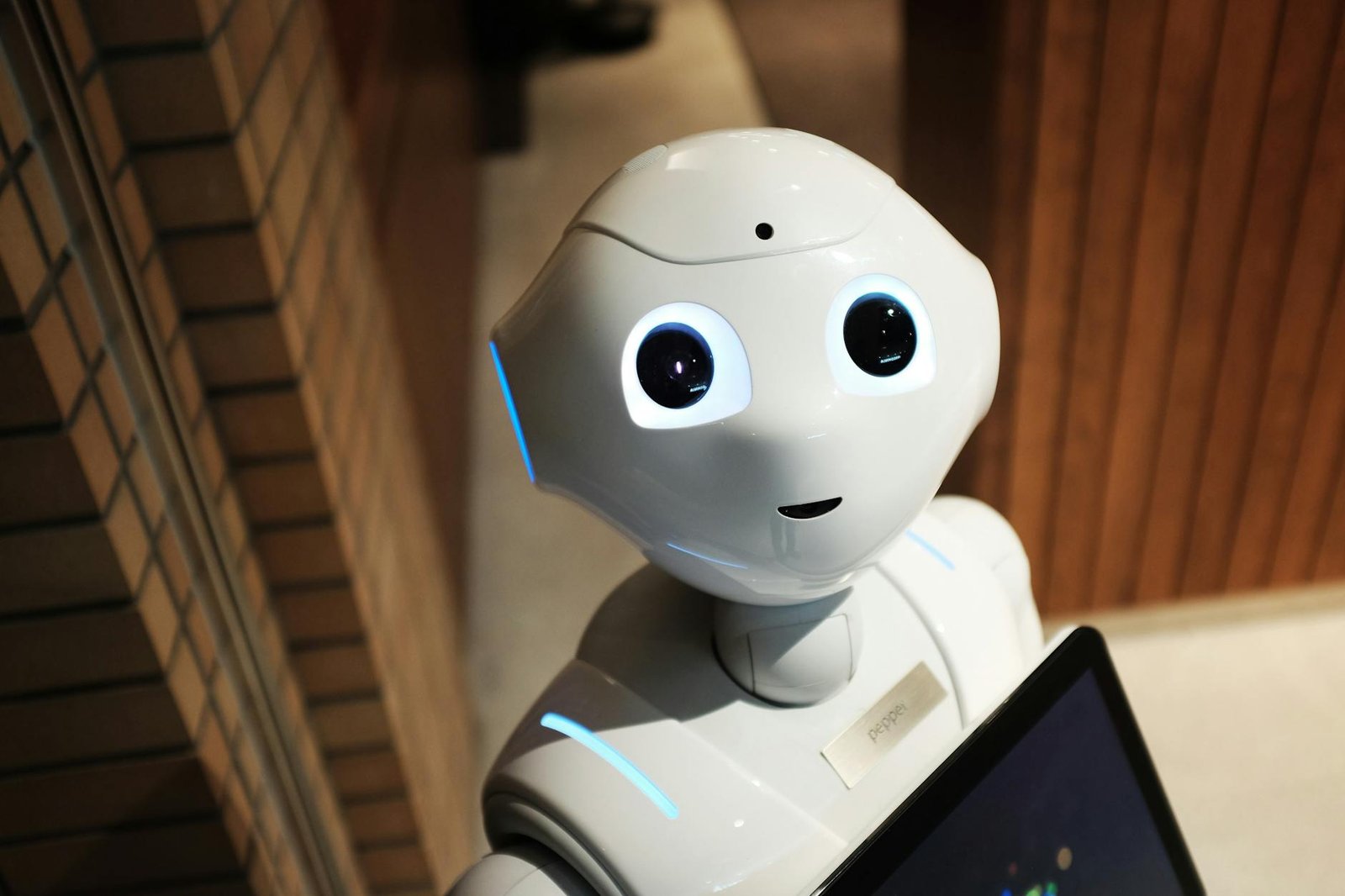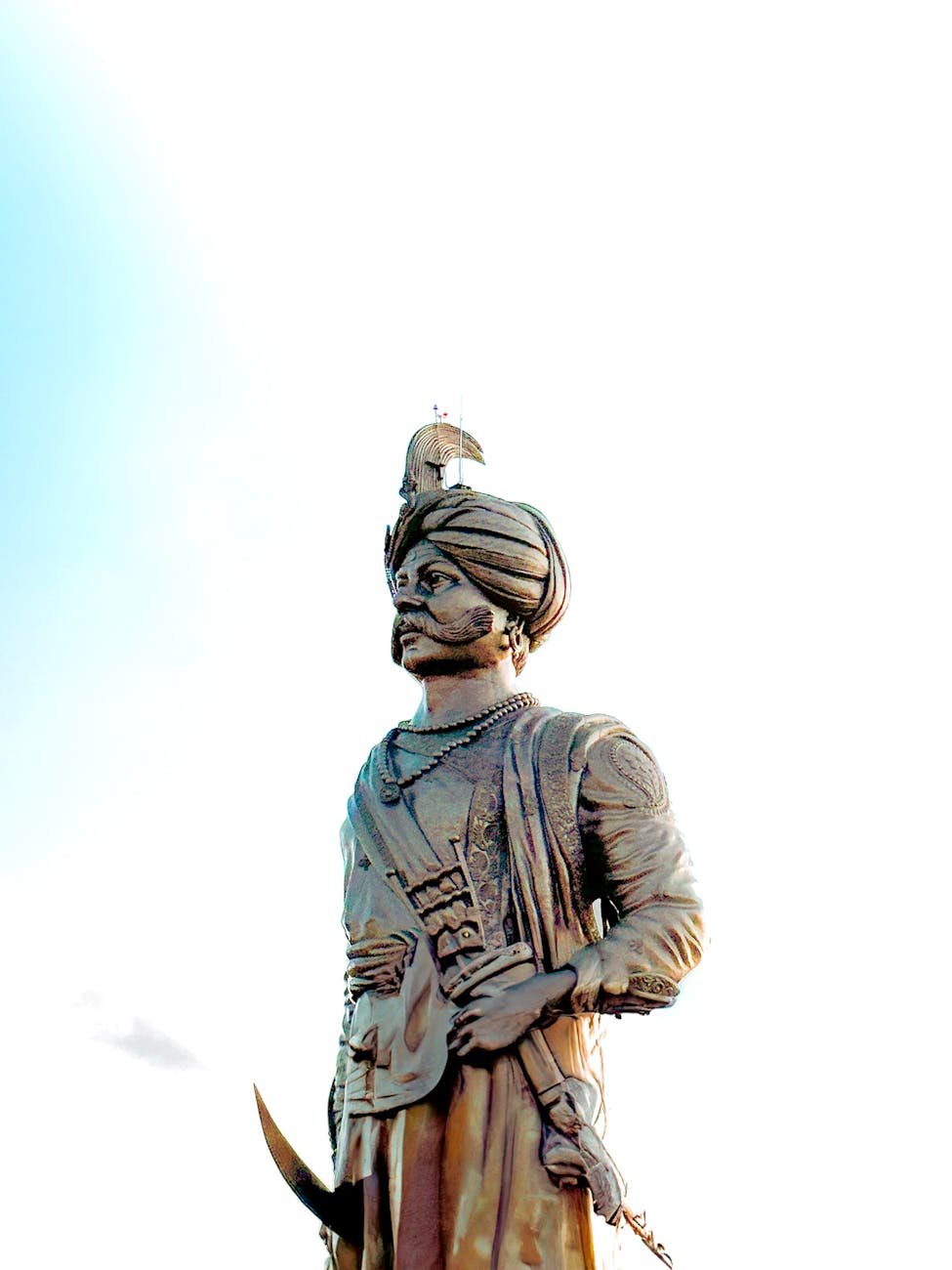
🌍 Introduction: The Dance of the Universe
Imagine a football floating in space—silent, still, untouched. Now, imagine a child’s gentle push sending it drifting endlessly into the void. What force governs this calm and then the chaos? What invisible threads tie the Earth’s gravity to a falling apple or a rocket’s escape from our atmosphere?
The answer lies in the timeless truths discovered by Sir Isaac Newton, whose three laws of motion have become the foundation for understanding how things move—not just on Earth, but across the cosmos.
These laws are not just formulas in a textbook. They are the rhythm of the universe, the heartbeat of motion, the grammar of physical reality.
🧪 Law 1: The Law of Inertia
“An object at rest remains at rest, and an object in motion continues in motion with the same speed and in the same direction unless acted upon by an unbalanced force.”
🧲 What Does It Mean?
This law tells us: things don’t just move or stop by themselves. There must be a reason—a force.
If you’re sitting still in a chair, you won’t suddenly slide off unless someone pushes you. If you throw a ball in space, it’ll keep moving forever unless something stops it—like air resistance or gravity.
🔍 Real-Life Examples
- A book stays on a table unless someone lifts it.
- A car needs the engine to keep it going; once the engine is off, friction slows it down.
- In space, astronauts float—because no force is acting against them.
💡 Key Concept: Inertia
The natural tendency of objects to resist changes in motion. Heavier objects have more inertia.
⚖️ Law 2: The Law of Force and Acceleration
“The acceleration of an object depends on the mass of the object and the amount of force applied.”
📘 Formula: F = ma (Force = mass × acceleration)
🧲 What Does It Mean?
If you push something light—like a ball—it moves easily. But pushing a car? You’ll need far more force. This law shows how mass and force relate to acceleration.
- More force → more acceleration.
- More mass → less acceleration (for the same force).
🔍 Real-Life Examples
- Kicking a football vs. a bowling ball: the football moves faster because it’s lighter.
- A truck takes longer to speed up than a bike because it’s heavier.
💡 Key Concept: Acceleration depends on both force and mass
If two people push equally hard, the lighter object will accelerate faster.
🛠️ Law 3: The Law of Action and Reaction
“For every action, there is an equal and opposite reaction.”
🧲 What Does It Mean?
When you push on something, it pushes back on you with the same force.
If you jump off a boat, the boat moves backward. If a rocket fires gas downwards, the rocket goes upward.
🔍 Real-Life Examples
- Walking: Your foot pushes the ground backward, and the ground pushes you forward.
- Swimming: You push water backward; water pushes you forward.
- Fire hose: When water shoots out, the hose jerks backward.
💡 Key Concept: Forces always come in pairs
They are equal in size, opposite in direction, and act on different objects.
🌌 Connecting the Laws to Everyday Life
Let’s walk through a simple journey:
You are sitting on a bike (Law 1). You push the pedal to accelerate (Law 2). The tires push the ground backward, and the ground pushes the bike forward (Law 3). Newton’s laws are not just science—they are your morning ride to school!
🧠 Summary
| Law | Name | Meaning | Example |
|---|---|---|---|
| 1 | Inertia | Objects don’t change motion without force | A stationary ball remains still |
| 2 | Force = mass × acceleration | Heavier objects need more force | Pushing a truck vs. a cycle |
| 3 | Action = Reaction | Every force has an equal and opposite force | Rocket launch |
📚 Practice Questions
- What will happen if you push a toy car on a smooth floor and then leave it?
- Why is it harder to move a full suitcase than an empty one?
- When you jump off a small boat, why does the boat move in the opposite direction?
- Explain how Newton’s second law applies to a sprinter starting a race.
- Think of one example from your daily life where all three laws work together.
🎯 Conclusion: The Laws That Rule Our Motion
Newton didn’t just give us formulas—he gave us the keys to unlock the secrets of movement. From a cricket ball to a falling star, his laws are silent but ever-present forces that guide everything in motion.
So next time you ride a bicycle, throw a ball, or watch the stars, remember—you’re not just seeing motion. You’re witnessing the poetry of physics, written by Newton’s invisible hand.









